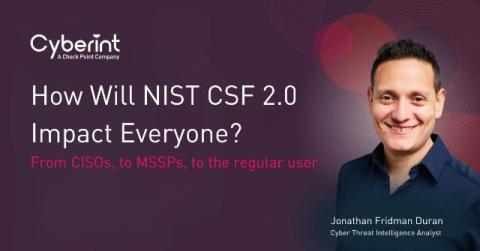Best practices for monitoring LLM prompt injection attacks to protect sensitive data
As developers increasingly adopt chain-based and agentic LLM application architectures, the threat of critical sensitive data exposures grows. LLMs are often highly privileged within their applications and related infrastructure, with access to critical data and resources, making them an alluring target for exploitation at the client side by attackers. In particular, LLM applications can be compromised to expose sensitive data via prompt injection attacks.











